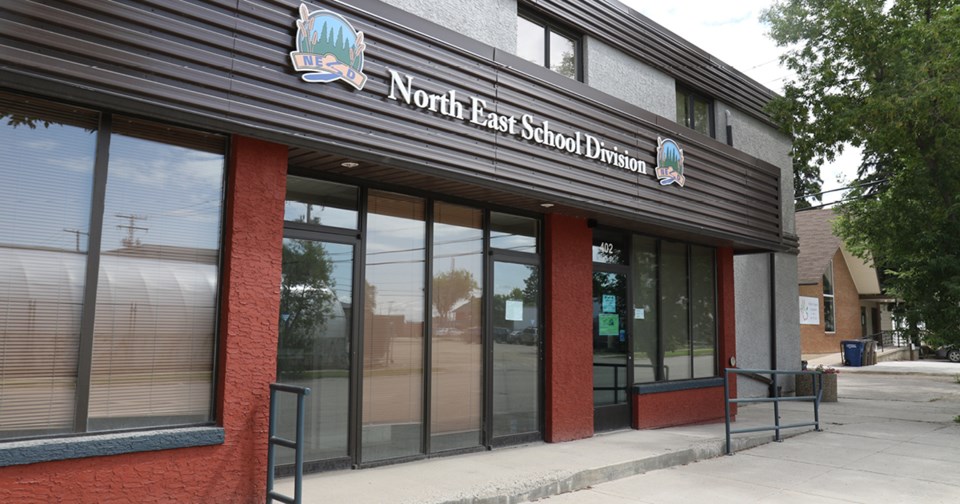EAST CENTRAL — On-time graduation rates for First Nations and Métis (FNMI) dropped in the North East School Division for for the 2018-19 year, but remain higher than the provincial average.
The on-time graduation rate for FNMI students in the NESD dropped from 68 per cent in the 2017-18 year to 54 per cent in the 2018-19 year. The overall provincial average for FNMI students also dropped from 45 per cent to 43 per cent.
In the 2018-19 year there were 193 FNMI students in the NESD.
Don Rempel, director of education for the NESD said he’s not concerned about the drop for FNMI students at this time. He said he would be if the “overall trend was down, down, down.”
“We’ve exceeded 65 per cent, not in this year, but at times we have,” Rempel said. “The problem with small numbers is we could really pat ourselves on the back a year we get 74 per cent and then we get 64 per cent. We’ve had both. It’s a little bit to stay the course – what have we been doing that’s working well? Let’s not overreact to do things that will harm the students’ success.”
For non-FNMI students in the NESD, the on-time graduation rate dropped from 91 per cent to 90 per cent.
For the 2018-19 school year, the NESD set a goal of increasing the on-time graduation rate of FNMI students to 65 per cent by the year 2020.
To determine if students are on track to graduate on time, school boards in the province record the amount of students attaining eight or more credits between Grades 10 to 12 per year.
In the 2017-18 school year, only 31 per cent of FNMI students provincial earned eight or more credits per year, while the NESD’s FNMI students were at 47 per cent.
In the 2018-19 year the NESD FNMI students’ rates dropped to 35 per cent, while the province’s overall FNMI student rates rose to 32 per cent.
For non-FNMI students in the NESD, it rose from 73 per cent to 76 per cent.
“We have programming and partnerships in place, we have a hard look at what’s happening in the lives of our students to cause that delay in on-time graduation rates and we’re looking at our successes in the past and things that we’ve done to really support our students to be successful in graduating on time,” he said.
For strategies moving forward, Rempel pointed to a recent project on First Nations and Métis world view and how it connects to math.
“One example is to try that, broaden our perspectives around knowledge and content and areas such as mathematics and language arts. We also have a partnership in place with Kinistin Saulteaux First Nation who sends all their students to Tisdale. We work together with the First Nations there to have grad mentorship, grad coaches put in place.”
He indicated having their students make practical credit attainment plans is another thing the division has been doing to help their students.
“We also try to make sure we tie all of our students – First Nation and Métis, and non-First Nation and Métis students to a success plan as they go through high school, what’s called ‘myBlueprint’ where they identify the classes they need to take that lead to outcomes of post-secondary opportunities or work.”



